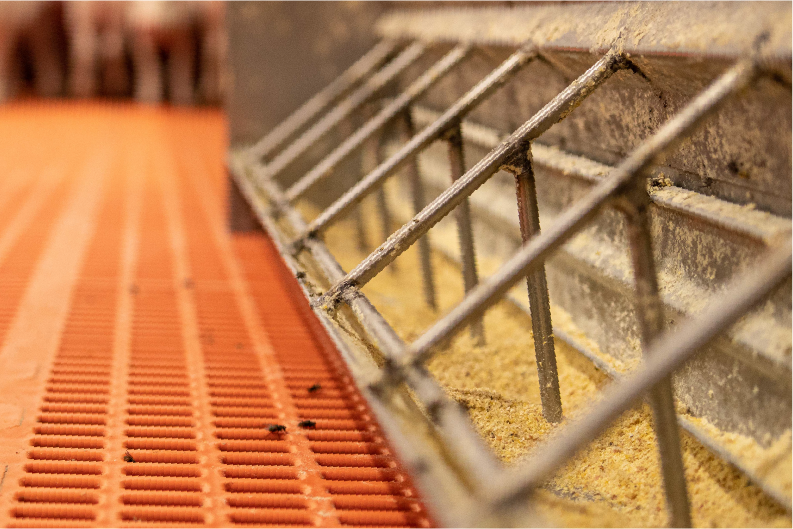
By Drew Woods
Manager of Monogastric Nutrition,
Grand Valley Fortifiers
While the acronym means (L)east (C)ost (F)ormulation many people misinterpret the word least to mean it is lowering the quality of the feed. This is the exact opposite of what this process does for a formulator or producer. In order to remove this initial thought, we should consider renaming it Best Cost Formulation or even better Optimal Cost Formulation. These words do a better job indicating what it is all about.
LCF formula management is a cornerstone of the modern feed industry because it allows for routine updating and management of formulas in order to capture savings of opportunity ingredients or to mitigate the impact of higher input costs. One thing that is vital to remember about LCF is that the formula is always updated using a nutrient specification or “spec”. This set of minimums and maximums on all ingredients available, as well as the key nutrients needed for that stage of production, act as a set of rules that the formula has to abide by. The system does not reduce feed quality or replace high value products on its own because these specifications don’t allow it to do so. A nutritionist must be the one who sets up the values and ensures that the system is not creating solutions that do not adhere to the rules.
When formulas are not allowed to move freely and alter their composition according to market conditions, we can experience what is known as Nutritional Drift. This would be where a diet that is locked in place starts drifting further and further from its original nutrient composition due to changes in the raw materials. For instance, if we created a diet that had 200 kg of soybean meal but the protein content of the soybeans changed from 48% down to 45%, this would cause a change in the nutrient density of the feed. Without accounting for this change by altering the formulas and either increasing soybean meal or supplementing with amino acids, we have drift, and the diet would no longer perform as it once had.
When we create specs to ensure feeds are being maintained at the proper nutrient and ingredient levels, we can implement techniques that allow us to control them. One of these is called a swing value. A swing value ensures that an ingredient used in a feed can only move up or down in each version of the diet by a set amount. This ensures diet quality, continuity of composition and prevents palatability issues that could be experienced with large entries or withdrawals of ingredients. Swing values vary by stage of production and feed composition but are an essential aspect of ensuring that diets are granted the flexibility in an LCF to move and take advantage of opportunities formulation without creating an issue.
An LCF methodology is an important aspect of any nutrition business who want to maintain control of product integrity and cost structure. The implementation of this type of management practice is best done by an experienced nutrionist who has learned the fine points of the formulation system being used and has access or knowledge of ingredient composition. With these factors in place an LCF can be an extremely valuable tool for company and customer alike.
This article was written for the Fall 2023 Eastern Swine Grist. To read the whole Swine Grist, click the button below.

